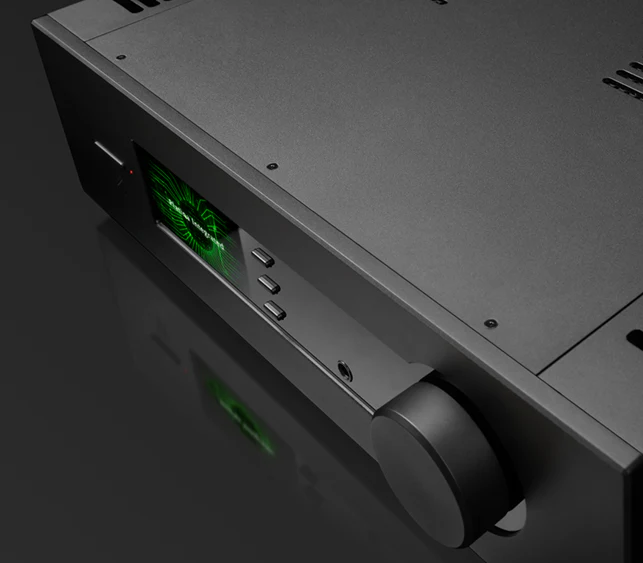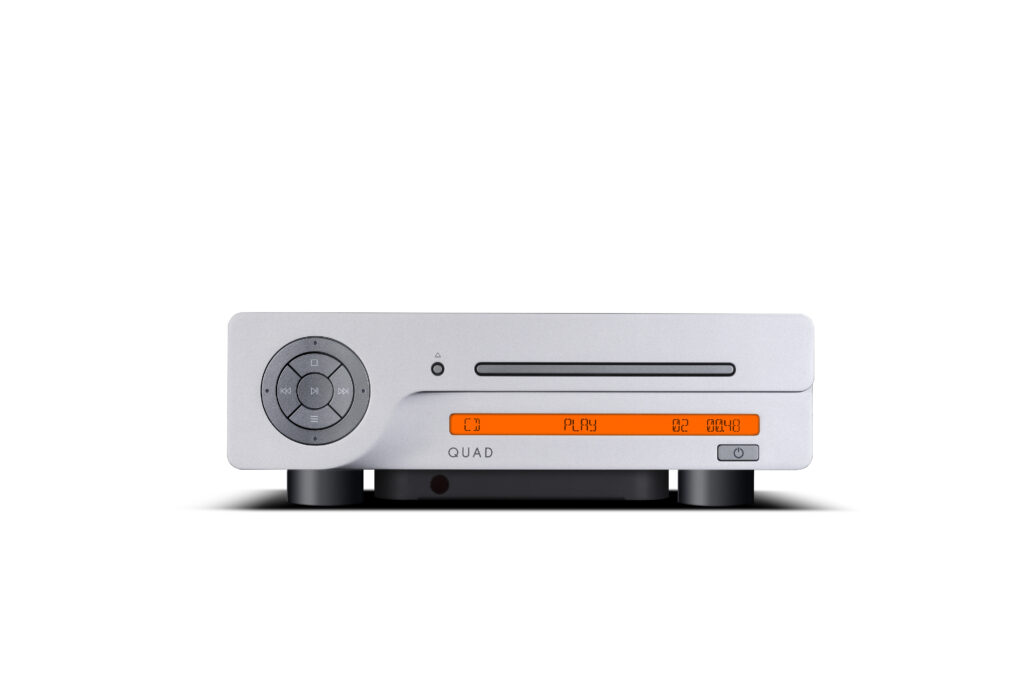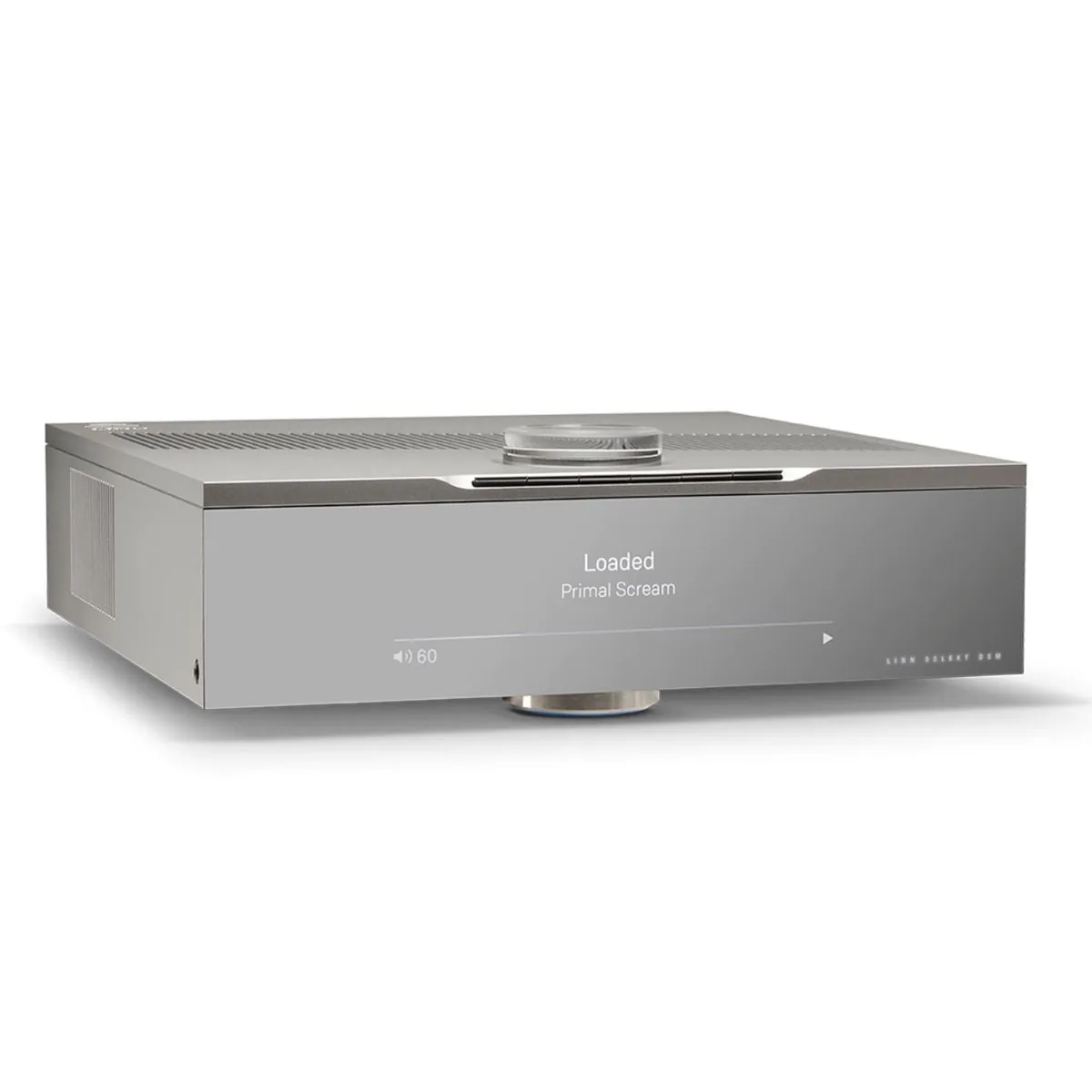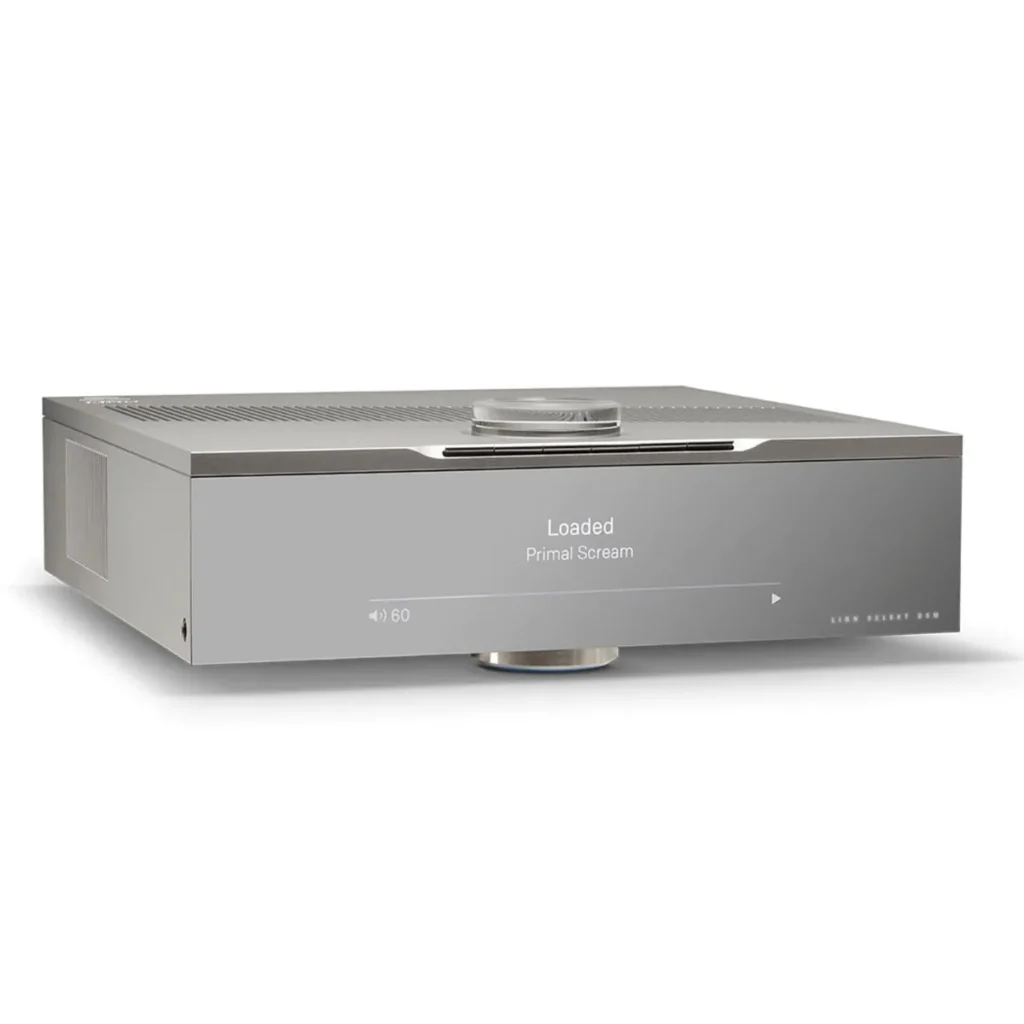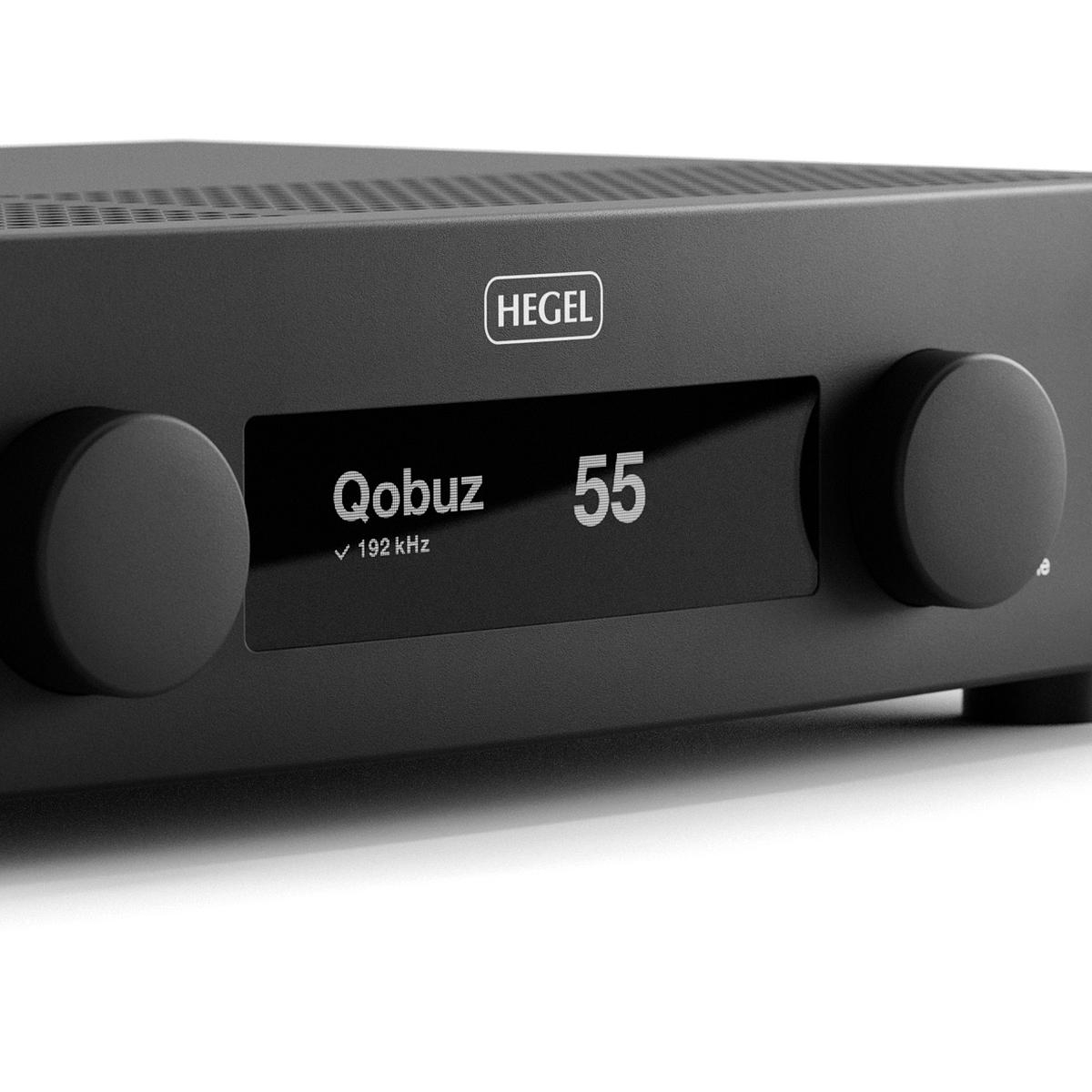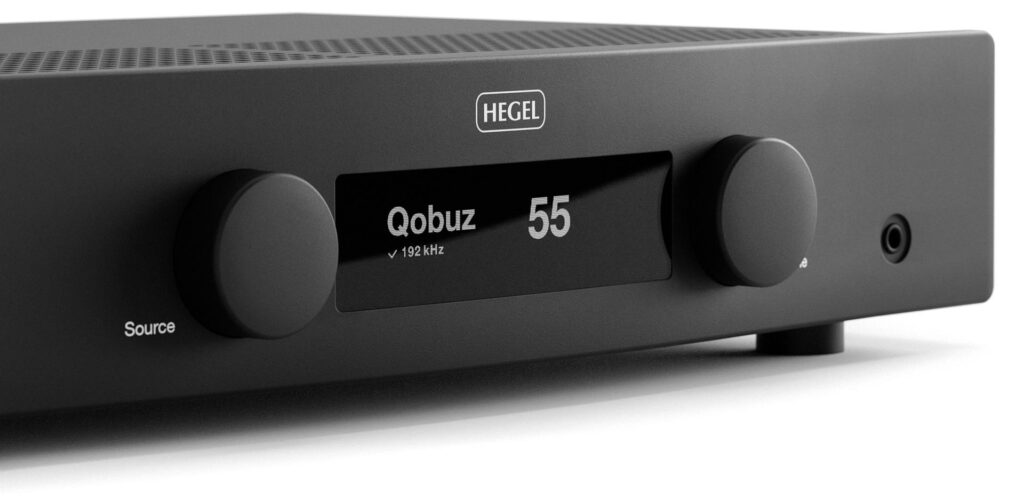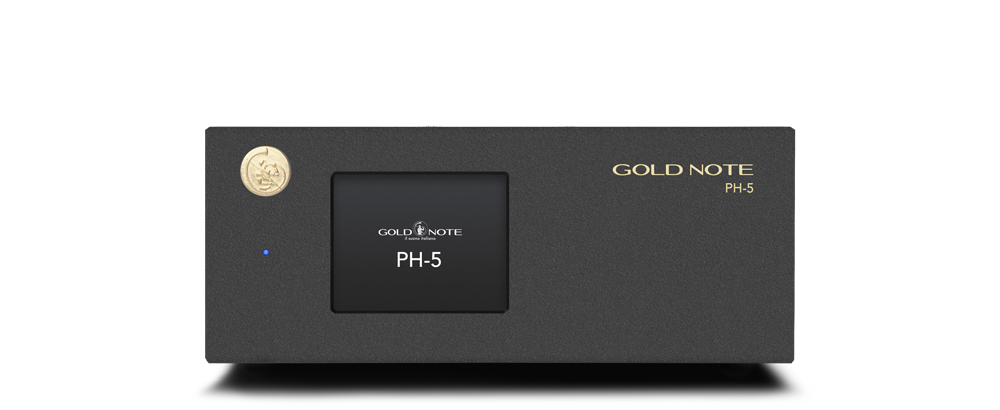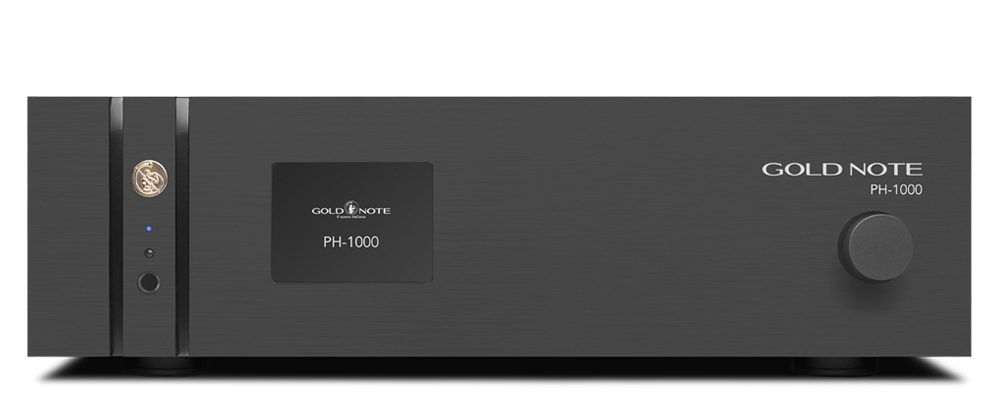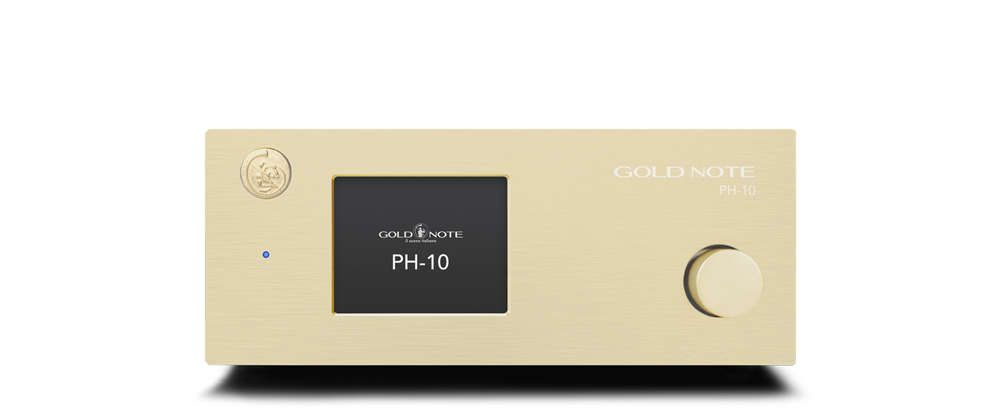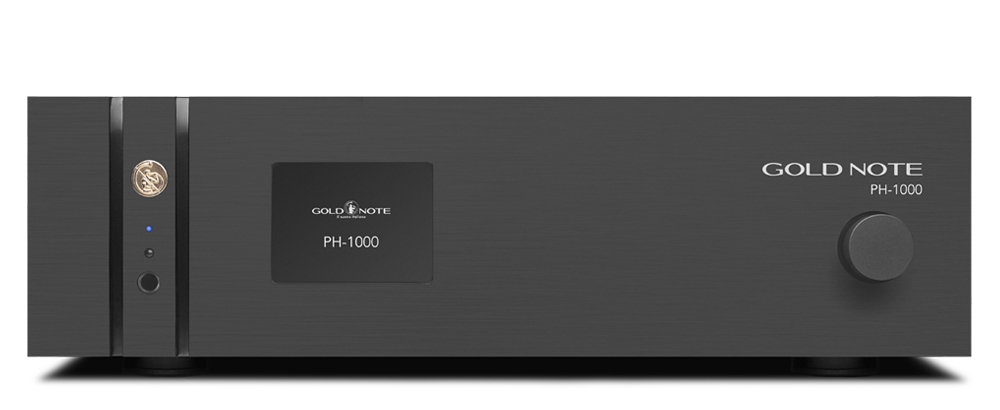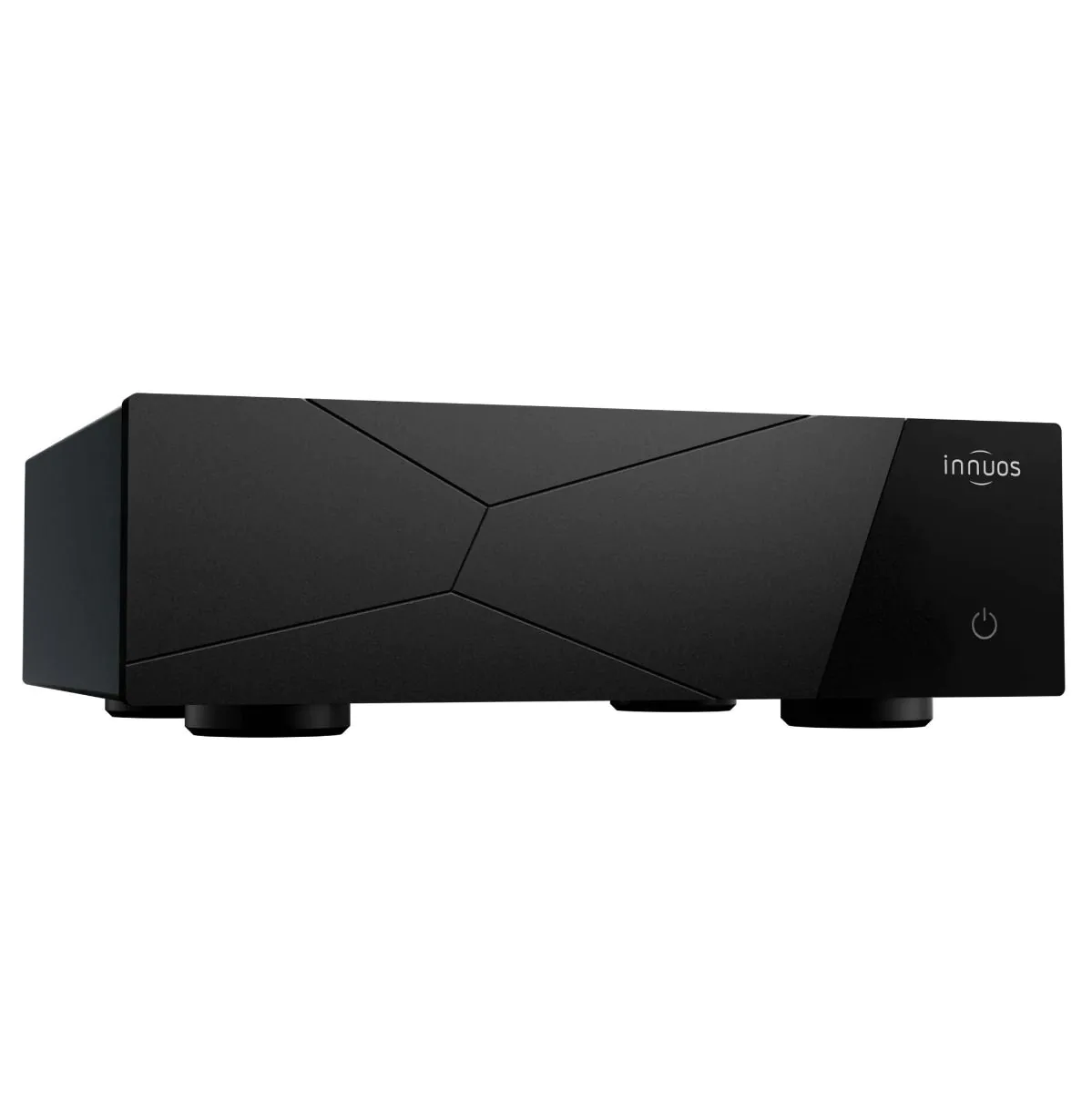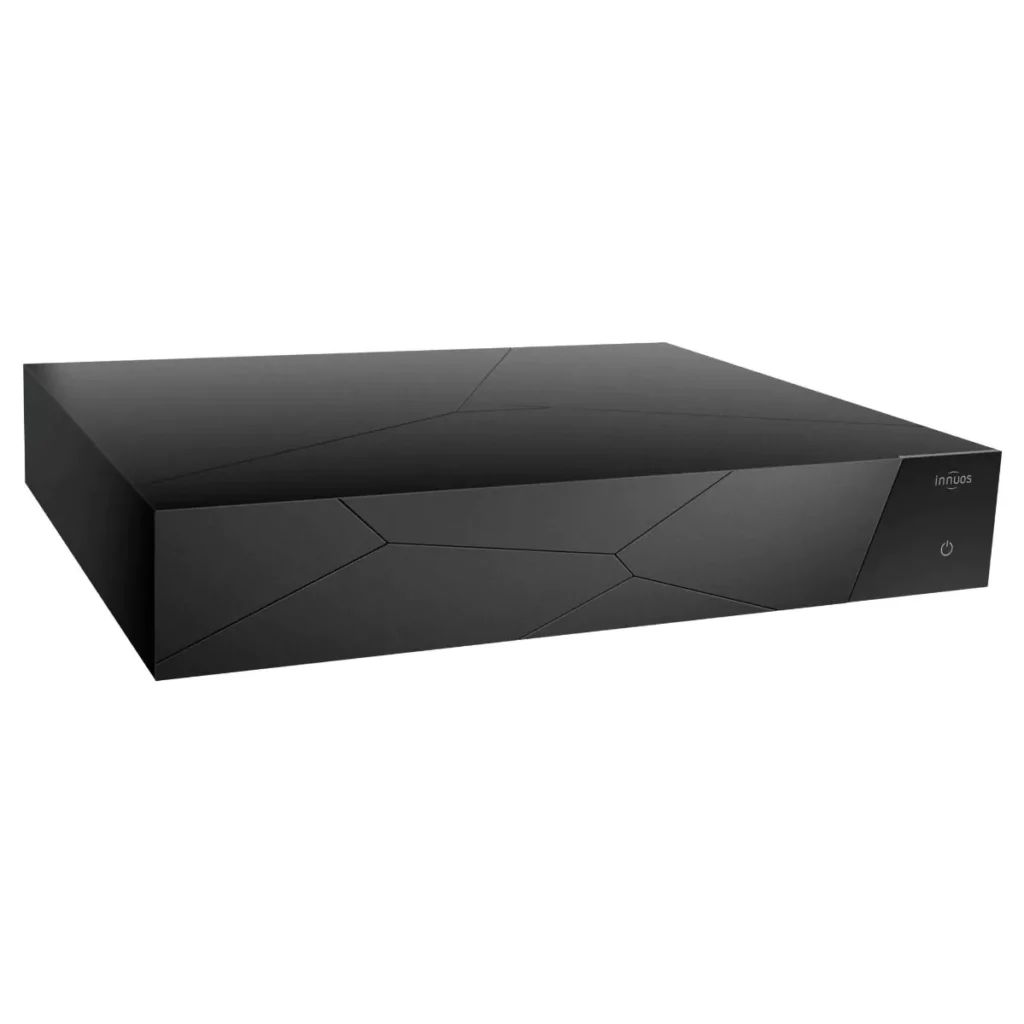Just launched and in store now, the PLATINA series marks a leap forward in design, application and implementation for QUAD.
This new flagship seamlessly blends QUAD heritage with a thoroughly modern digital core. The range is small; a high quality integrated amplifier and a matching streamer. With a touch of classic Quad in the sound and the visual appeal.

Bold in design and substantial in form, the QUAD PLATINA INTEGRATED delivers reference-grade sound, exceptional power, and peerless finesse. Typically QUAD, yet offering a new timeless form, reimagined with crisp, modern intent, the PLATINA series retains the soul of its heritage while embracing today’s clean geometry, refined materials, and purposeful simplicity. An exercise in restraint and refinement, tactile machined aluminium knobs and subtle buttons flank a crisp TFT display, providing a tactile and visual focal point. The disciplined rear panel layout, with gold-plated connectors, speaks to both form and function, ensuring a premium user experience at every touchpoint. The result is strikingly contemporary.
The engine of the flagship series, the PLATINA INTEGRATED boasts a massive new power amplifier section, setting out its stall as a powerhouse of precision. A ‘dual mono’ class AB design offers 2 x 200W into 8 ohms (300W into 4 ohms) and delivers effortless authority with vast headroom and dynamic control. Engineered to drive even the most demanding loudspeakers, it combines muscular output with audiophile finesse, resolving the finest musical details with scale, grip, and composure.
https://quad-hifi.co.uk/products/platina-integrated
The matching Streamer uses the Lumin streaming platform and is Roon ready. More information can be found here;
Platina Stream – QUAD
We've not had these items long but we've been extremely impressed with the performance on offer. Build quality is also industry standard. Come and have a listen.
We will be doing some open days in the New Year.
